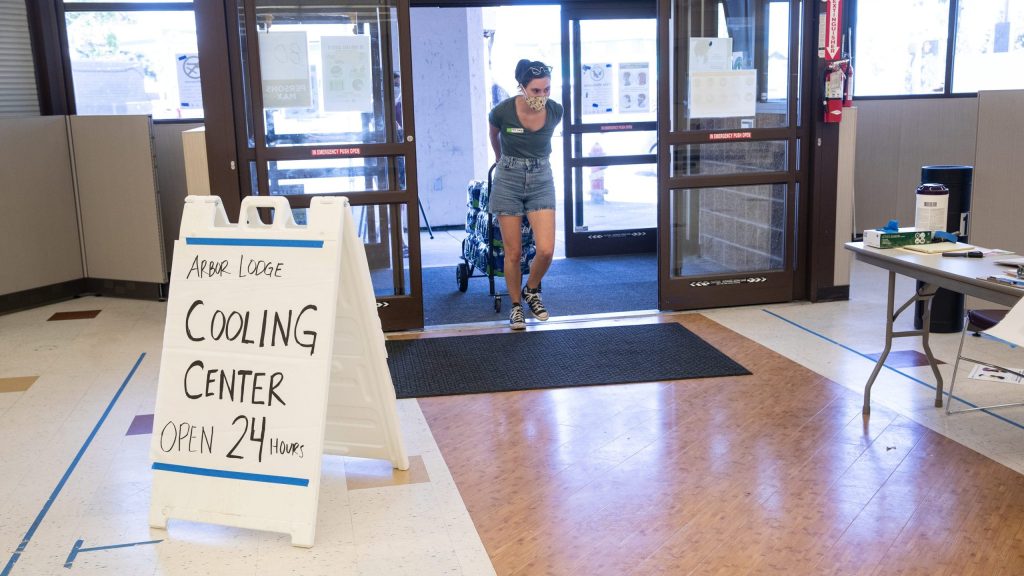
Policy Solution
Heat emergency response plan
Commitment

Summary
Creating a heat emergency response plan can help governments anticipate heat waves and minimize loss of life. A heat emergency response plan will identify vulnerable populations, set standards to forecast and categorize heat waves, and identify roles and responsibilities for different stakeholders during high-heat events.
Implementation
Coordinate with local, regional, state/provincial, and/or national entities to prepare a heat emergency response plan.
Considerations for Use
Emergency response plans should be regularly tested and updated. Preventative and emergency communication plans and materials should be included.
Overview
Climate:
Cold, Hot/Dry, Hot/Humid, TemperatePolicy Levers:
CommitmentGovernments set ambitious goals or targets to guide prioritization and investment.Trigger Points:
City planning processesIncludes city initiatives such as the development of climate action plan, pathway to zero-energy, master plan, transit plan, energy mapping etc.Preparatory measures (actions to establish authority to act)Actions to establish/ensure the authority to act when appropriate trigger-points occur.Intervention Types:
Planning/PolicySectors:
Disaster Risk Management, Informal Settlements, Public Health
Case Studies
Impact
Target Beneficiaries:
Heat-vulnerable communities, ResidentsPhase of Impact:
Emergency response and managementMetrics:
Reduction in heat-related deaths
Implementation
Intervention Scale:
City, Region, State/ProvinceAuthority and Governance:
City government, National government, State/provincial governmentImplementation Timeline:
Short-term (1-2 Years)Implementation Stakeholders:
CBOs, City government, Industry, National government, Property owners and managers, Public, State/provincial governmentFunding Sources:
Public investmentCapacity to Act:
High, MediumBenefits
Cost-Benefit:
LowPublic Good:
HighGHG Reduction:
N/ACo-benefits (Climate/Environmental):
N/ACo-benefits (Social/Economic):
Build community capacity, Build social cohesion, Improve human health